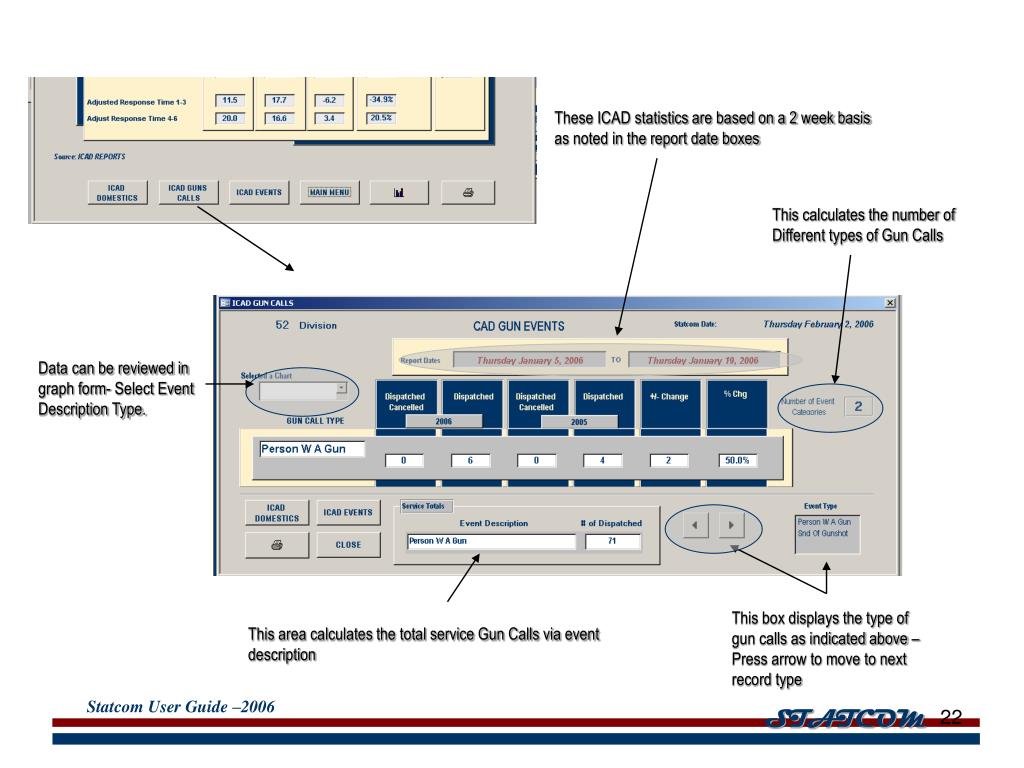

He reported no paper slips had been used since last week.ĭuring the Russo call, no paper slips were being used. Holloway said 15,000 paper slips were being used each year due to maintenance, something that would not be needed with the new system. Holloway said the pen and paper method had been used for one hour every other week under the old system while maintenance was performed, because the archaic systems, many of which were from the 1970’s or 1980’s, could not function during maintenance. “It’s not like they are using post-it-notes,” Holloway said. Operators went to a pen and paper method, the backup method used since 1969, which includes pre made forms. Holloway acknowledged the issue, saying the system was down for 16 minutes and 18 minutes. On May 30, an article in the New York Times reported computer systems failed on the day of the switch over to the new 911 call system, causing operators to use pen and paper on two separate occasions. Holloway said the city is conducting a thorough investigation, interviewing all possible witnesses, reviewing all types of data, and monitoring devices to determine the cause of the delay.

“The part of the investigation we do not know is, was this time longer than it should have been, and if so why?” “The one conclusion we have reached in this investigation, as far as the technology is concerned, is that the ICAD (Integrated Computer Aided Dispatch) system sent the incident, as the technology is designed to do,” Holloway said. The total duration of the response time was 8:42. The dispatching time took 35 seconds and it took 3:33 seconds in travel time for the ambulance. The call sat on the board for 3:57 seconds before a new operator logged in, and within five seconds dispatched an ambulance. An EMS worker is assigned to monitor those relay boards, create incidents on the EMS side, and then dispatch the appropriate response based on the severity of the call.Īccording to EMS records, the worker whom the call was assigned to was logged off for a scheduled break. It took 32 seconds from the time the police officer radioed into the dispatcher for an incident to be logged into the Emergency Medical Service (EMS) response relay. A police officer in the field called into an NYPD dispatcher on a police radio, bypassing a 911 call taker altogether. The initial call for help following the Russo incident did not come through a citizen calling 911. Holloway spent approximately an hour giving the Council members a detailed account of the complex 911 call-taking process, discussing changes in the new system compared to the old, and showing the re-creation of the data during the Russo call. Rather than sitting and reading from a prepared statement, he stood and spoke ad-lib, using a PowerPoint presentation. The city defended the upgrade, saying their data showed the technology worked.ĭeputy Mayor Cas Holloway broke from tradition during Council hearings.

Russo and her grandmother, who was also struck, waited eight minutes for an ambulance.Ĭritics say the delay was caused by upgrades to pieces of the city’s 911 system on May 29, which handles roughly 30,000 calls per day.
Icad nypd driver#
The hearing was, in large part, prompted following the death of four-year old Ariel Russo who died on June 4 after being struck by vehicle whose unlicensed driver had fled from police earlier in the morning. NEW YORK-Following weeks of reports in NYC newspapers of glitches in the city’s 911 system, the Bloomberg Administration answered its critics in a three-hour-long marathon City Council hearing on June 21.


 0 kommentar(er)
0 kommentar(er)
